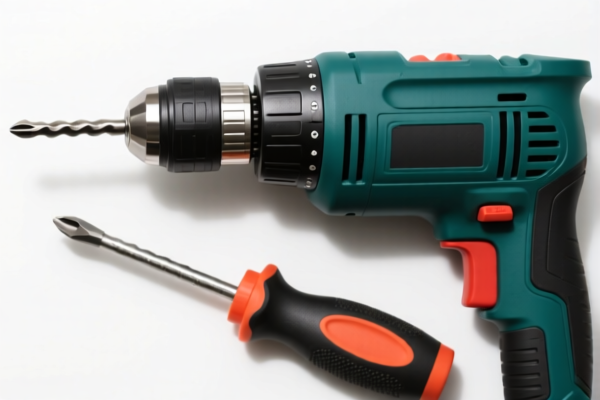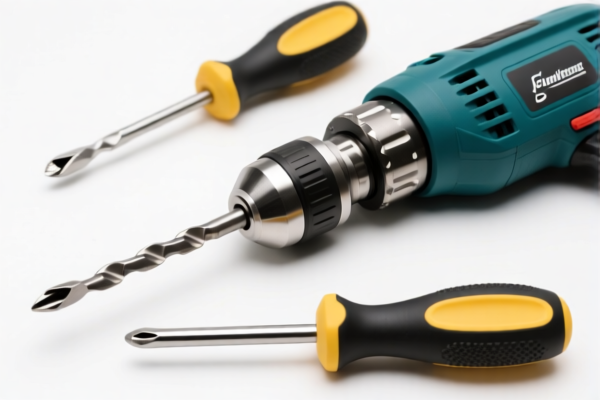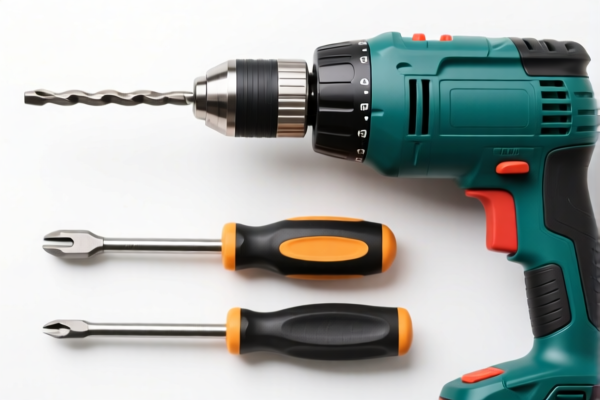| HS Code | Official Doc | Tariff Rate | Origin | Destination | Effective Date |
|---|---|---|---|---|---|
| 8201906000 | Doc | 55.0% | CN | US | 2025-05-12 |
| 8201903000 | Doc | 2¢ each + 5.1%+55.0% | CN | US | 2025-05-12 |
| 8205511500 | Doc | 55.0% | CN | US | 2025-05-12 |
| 8205598000 | Doc | 58.7% | CN | US | 2025-05-12 |
| 7315895000 | Doc | 83.9% | CN | US | 2025-05-12 |
| 7315893000 | Doc | 80.0% | CN | US | 2025-05-12 |
| 7326110000 | Doc | 80.0% | CN | US | 2025-05-12 |
| 7326908688 | Doc | 82.9% | CN | US | 2025-05-12 |
| 1501900000 | Doc | 3¢/kg+37.5% | CN | US | 2025-05-12 |




Carving Tools
Carving tools are implements used to shape or remove material – typically wood, stone, clay, or wax – to create decorative or functional objects. The specific design and composition of carving tools vary widely depending on the material being worked and the desired outcome.
Materials
- Wood: The most common material for carving, utilizing tools for detailed sculptures, furniture elements, and relief carvings.
- Stone: Requires robust, hardened tools for shaping materials like marble, granite, and soapstone.
- Clay: Tools are used for both subtractive (removing clay) and additive (adding clay) sculpting techniques.
- Wax: Used for detailed modelling, often in jewellery making or prototyping.
- Ivory/Bone: Traditionally used, requiring specialized tools due to the material's properties.
- Pumpkin: Seasonal carving, utilizing tools designed for softer materials.
Purpose
The primary purpose of carving tools is material removal and shaping. This can range from roughing out a form to adding fine details. Carving serves both artistic and practical applications, including:
- Sculpture: Creating three-dimensional artwork.
- Relief Carving: Creating images or designs raised from a flat surface.
- Furniture Making: Decorative elements, shaping components.
- Sign Making: Creating lettering and designs.
- Modelling: Forming shapes in clay or wax.
- Functional Objects: Creating bowls, utensils, or other practical items.
Function
Carving tools function by applying force to a material, shearing away small pieces. The effectiveness of a tool depends on its:
- Blade Geometry: The shape and angle of the cutting edge.
- Material Hardness: Matching the tool's hardness to the material being carved.
- Handle Ergonomics: Providing control and comfort for the user.
- Striking Force (if applicable): For tools requiring a mallet, the force applied influences the material removal rate.
Usage Scenarios
- Wood Carving Workshop: Detailed sculptures, furniture components.
- Stone Masonry: Monumental sculptures, architectural elements.
- Pottery Studio: Creating decorative textures and forms in clay.
- Jewellery Making: Wax modelling for casting.
- Pumpkin Carving (seasonal): Creating decorative designs for Halloween.
- Letter Carving: Creating inscriptions on wood, stone or other materials.
Common Types
- Chisels: Versatile tools with a variety of blade shapes for removing larger amounts of material. Types include:
- Flat Chisels: For smoothing and removing broad areas.
- Skew Chisels: For angled cuts and cleaning corners.
- Gouges: Curved blades for creating concave shapes and details.
- Knives: Used for detailed carving and shaping.
- Detail Knives: Small blades for fine work.
- Roughing Knives: Larger blades for removing material quickly.
- Mallets: Used to drive chisels and gouges. Types include:
- Wooden Mallets: Softer impact for delicate work.
- Rubber Mallets: Even softer impact, for less material removal.
- Metal Mallets: Greater force for harder materials.
- Rasps and Files: Used for shaping and smoothing.
- Rotary Tools (e.g., Dremel): Power tools with various bits for carving, sanding, and polishing.
- Clay Modelling Tools: Loops, ribbons, needles, and other tools for shaping and texturing clay.
- Pumpkin Carving Kits: Saw-like blades and scoops for seasonal carving.
- V-tools: Used for creating precise lines and details.
Materials of Construction
- High-Carbon Steel: Most common material for blades, offering durability and sharpness.
- Alloy Steel: Used for increased hardness and wear resistance.
- Tungsten Carbide: Used for blades requiring extreme durability.
- Wood (Handles): Beech, maple, and other hardwoods are common.
- Plastic/Composite (Handles): Offer ergonomic grip and durability.
Carving tools are hand tools used for shaping materials, typically wood, stone, or metal, through the removal of material. They require manual force for operation and are often utilized in artistic or craft-based applications.
The following HS codes are relevant based on the provided reference material:
- 8205511500: This HS code falls under Chapter 82, which covers handtools. Specifically, it covers handtools not elsewhere specified or included, including glass cutters, blow torches, vises, clamps, anvils, and grinding wheels. The subheading 511500 further specifies “Other handtools (including glass cutters) and parts thereof: Household tools, and parts thereof: Of iron or steel: Carving and butcher steels, with or without handles”. This code is applicable to carving steels made of iron or steel, whether they have handles or not.
- 8205598000: This HS code also falls under Chapter 82, covering handtools not elsewhere specified or included. The subheading 598000 specifies “Other handtools (including glass cutters) and parts thereof: Other: Other”. This code is a broader category for other handtools not specifically classified elsewhere, and could potentially apply to carving tools not meeting the criteria of 8205511500.
- 7326110000: This HS code falls under Chapter 73, which covers articles of iron or steel. Specifically, it covers forged or stamped articles, but not further worked, including grinding balls and similar articles for mills. While not directly carving tools, if the carving tools are in the form of grinding balls or similar articles for mills made of iron or steel, this code may be applicable.
Regarding HS code 8205511500 and 8205598000, please note that the applicable tariff is a base tariff of 0.0% or 3.7% respectively, plus a 25.0% additional tariff. After April 2, 2025, the additional tariff will increase to 30.0%.
Customer Reviews
No reviews yet.